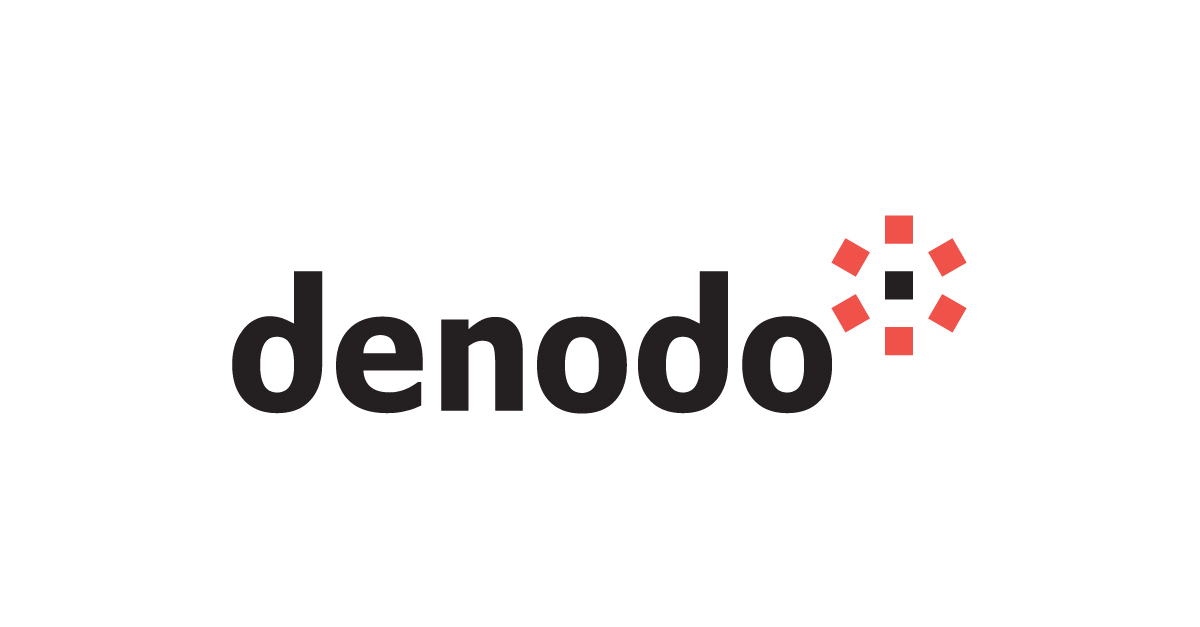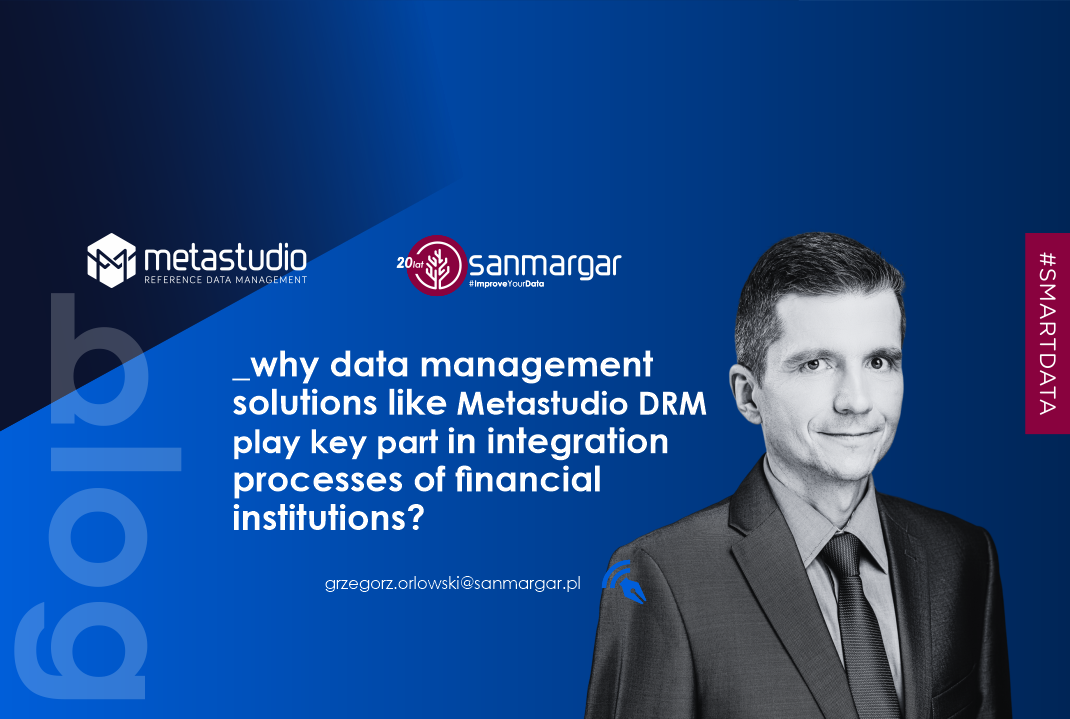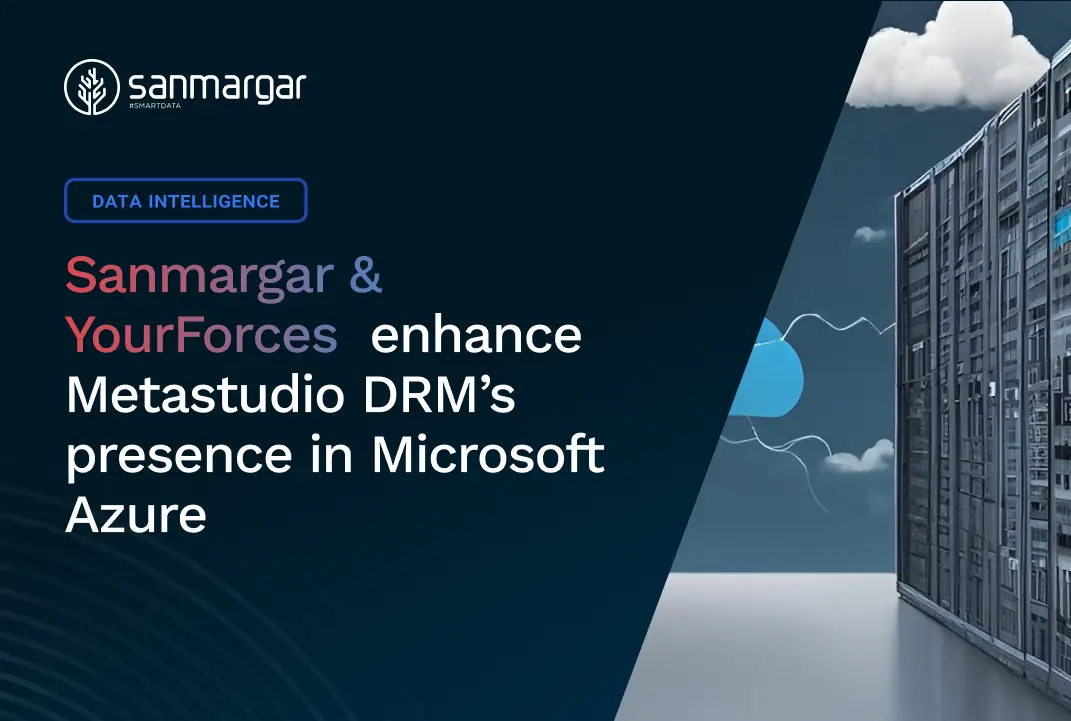Most Business Intelligence tools have the ability to combine data from multiple source systems. In most cases, it consists in the fact that data is downloaded from all sources to memory and combined there based on defined relationships between them. Everything works great on small data sets, however, when they are really big the task becomes impossible.
The solution to this situation is to transfer the data linking process to the source systems. However, this is not always easy. If the dictionary containing the organizational structure is used in many places, it should be synchronized or duplicated in a more complicated way, which affects performance.
Virtual data platforms such as Denodo help us. These types of solutions have built-in query optimization mechanisms that always try to transfer as much work as possible to the data source. This means that if queries about the virtual data structure are based on a very large set of records in one system and a much smaller dictionary with the organizational structure in another source, the platform will automatically choose the best way to perform the query.
By combining Metastudio DRM with Denodo we obtain a high level of data processing automation and maximum optimization of the use of resources. With the help of Denodo, we can create virtual data models according to the needs of business users. Queries constructed with their help will be automatically optimized in such a way as to maximize the use of the database infrastructure. You will avoid having to download redundant data into BI tools, which has a significant impact on the security of sharing data. Metastudio DRM allows you to manage data processing parameters and their categorizations, and the ability to define rules that are used to automatically control input data. In this way, we can almost completely automate the infrastructure management needed to store and share data, and reduce infrastructure redundancy needed for BI tools.
Stay in touch! Soon we invite you to a webinar in this topic.




